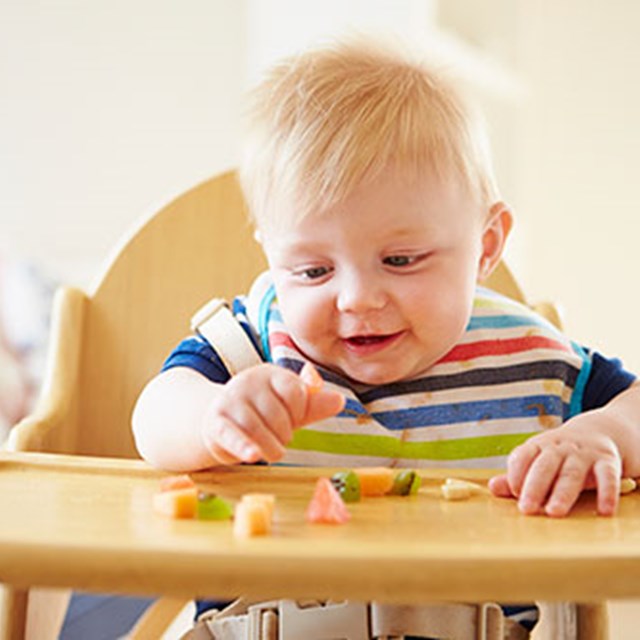
For many adults, sugar played a major part in childhood diets, turning up in everything from sweetened breakfast cereals and fast food to even in hidden processed foods like ketchup, fruit juice and even granola. But as parents and caregivers learn more about the long-term effects of sugar in a child’s diet, how do you know how much is too much?
Sugar Guidelines for Children
Let’s take a look at the current sugar recommendations from the American Heart Association (AHA). According to the AHA, current guidelines call for less than 25 grams (6 teaspoons) of sugar per day for children ages two to 18 years old. That recommendation also states children should not consume more than 8 ounces of sugar-sweetened drinks per week (that’s less than ONE regular can of soda).
Please note that the AHA also recommends that children younger than two years of age have NO sugar at all. Why? Because when a child is introduced to sugar at that young age the more the baby or toddler will prefer and choose sweet foods into childhood and throughout the remainder of their life. Experts say that eating foods that are high in sugar throughout childhood can lead to preventable diseases and conditions such as obesity and high blood pressure as well as heart disease later in life. Also, if a child fills up on sugary treats, he or she will most likely have no room (or taste) for heart-healthy options like fruits, vegetables, whole grains and low-fat dairy products. Sugar can also lead to tooth decay which is among the leading causes of childhood hospitalizations, doctor visits and missed school days.
Beware of “Hidden Sugars”
Pediatricians and other childhood food experts advise parents and caregivers to read food labels and search for the word “sugar” and then do a little simple math: 4 grams of sugar equals one teaspoon (remembering that the AHA’s daily recommended sugar intake for children ages two to 18 is six teaspoons per day).
As easy as sugar counts are to find on most food labels, parents and caregivers also need to remember all the sugar that is in processed foods, sports drinks, and other so-called “healthy” snacks. What’s more, sugar is often hidden in processed foods by being renamed as such ingredients as high-fructose syrup, dextrose, fructose, and honey as well as other not so common names as barley malt, maltose and rice syrup.
Sugar Enablers
Even if a parent or caregiver is well-educated on sugar limits for their children, that doesn’t mean that everyone shares your goals. While you may have a firm limit on the amount of sugar intake your child has, you need to also make sure that other adults and caregivers are on board with your wishes. For example, grandparents and other extended family members may think it’s fun to share sugary treats with your child—all in the name of “spoiling” or “rewarding” them. That’s why it’s important to let these other caregivers know that sugar treats need to be off the table and can be substituted with fun, non-food treats like stickers, books, and educational toys. It’s also a good idea to check with your child care program or other babysitters/caregivers to make sure they are not offering sugary treats when they spend time with your children.
Are there exceptions to the rule?
No one wants to be the strict parent that bans all sugar from a child’s diet. A nice sweet treat can certainly be allowed from time to time, but it shouldn’t be a routine practice. By saving sugar treats, in small portions, for special events like holidays and birthdays and other special occasions, a child can get their sugar fix but in a limited and healthy way.
To learn more about hidden sugars in everyday food items visit https://www.webmd.com/diet/ss/hidden-sugar-slideshow.

